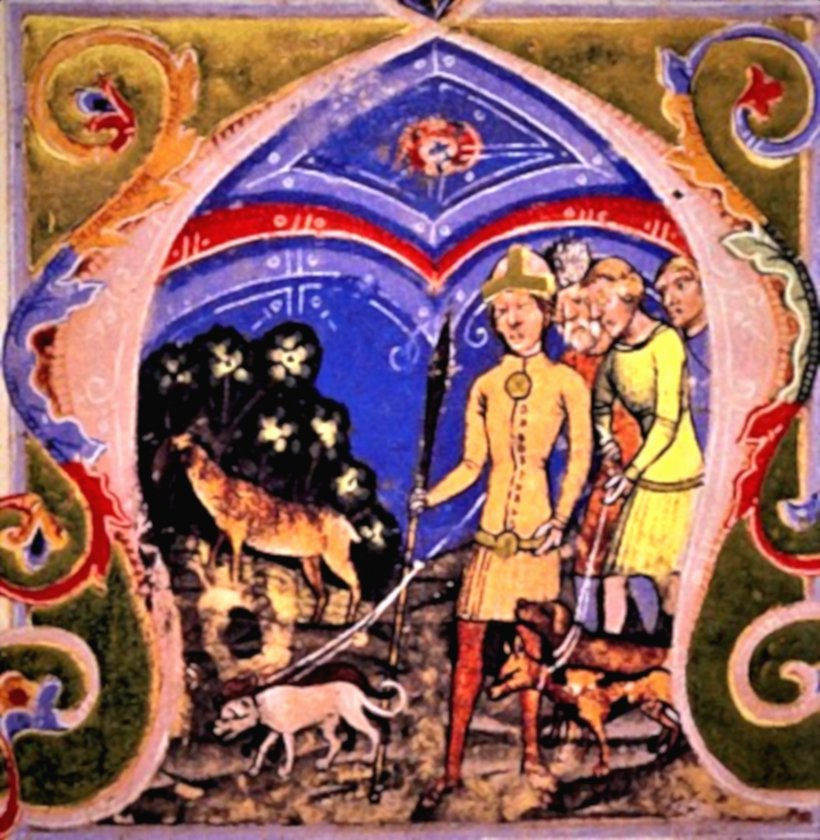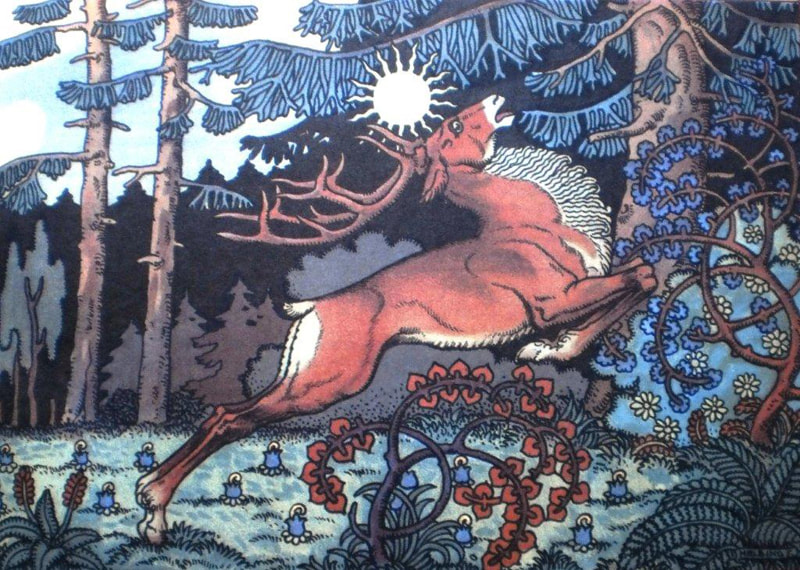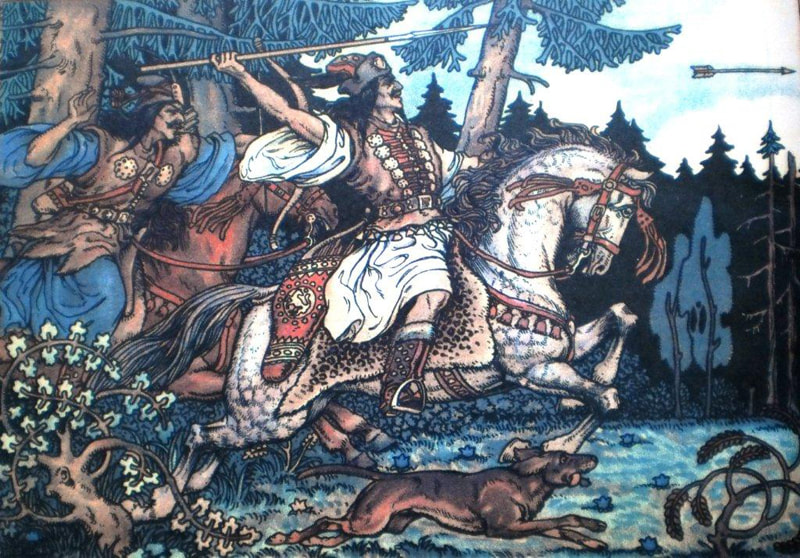
Hunor és Magyar egykoron Pete László Miklós versei
Hunor és Magor, a csodaszarvas mondája Kézai krónikája nyomán vált magyarságtudatunk alapjává.Történetüket Arany János Rege a csodaszarvasról című versében is megidézte. Arany János: Rege a csodaszarvasról Száll a madár, ágrul ágra, Száll az ének, szájrul szájra; Fű kizöldül ó sirhanton, Bajnok ébred hősi lanton. Vadat űzni feljövének

Las invasiones húngaras origen y ejército
Magor was one of the two legendary brothers who, according to Hungarian chronicles, is the ancestor of the Huns and of the Magyars. It is said he was a son of Ménrót, king of the Scythians. Hunor: Alan princess, daughter of Dula Hunor was, according to Hungarian chronicles, a son of the Scythian king Ménrót and his wife Eneth.
Hunor Magor, Csodaszarvas legendája Sándor Attila fafaragó honlapja
Az Enéh [1] török eredetű régi magyar személynév, a csodaszarvas mondájában Hunor és Magor anyjának neve. Jelentése a mai ünő (fiatal nőstény szarvas) szóval függ össze, de eredeti jelentése (fiatal) tehén. [2] Földes Péter szerint nevének jelentése "Szarvasünő szellem". [3]

Hunor és Magor Köztérkép
Hunor and Magor were, according to Hungarian legend, the ancestors of the Huns and the Magyars. The legend was first promoted in Gesta Hunnorum et Hungarorum. The legend's aim in providing a common ancestry for the Huns and the Magyars was to suggest historical continuum of the Kingdom of Hungary with the Hun Empire.

magyar ősmúlt 1. Nimród, hunor és magor
A Füles rejtvényújság története. A Füles 1957. február 3-án jelent meg először, melynek névadója a Micimackó kedves figurája. A lap 1967-ig 28 oldalon jelentkezett, terjedelme ezt követően 32+4 oldalra nőtt. A kiadvány évről évre keresettebb lett, míg az 1970-es évek végén eladott példányszáma elérte a 750.000-et!
Hunor Magor, Csodaszarvas legendája Sándor Attila fafaragó honlapja
Hunor and Magor were, according to a famous Hungarian legend, the ancestors of the Huns and the Magyars. The myth was promoted by the medieval historian Simon Kézai in his Gesta Ungarorum (1282-85). Kézai's aim in providing a common ancestry for the Huns and the Magyars was to suggest historical continuum of the Kingdom of Hungary with the Hun Empire. Magyars led by prince Árpád had.

HUNOR és MAGOR bookdepo.hu
2014.05.24. 18:22 Enéh, Nimród felesége, Hunor és Magor anyja. Fából faragott szobra Káptalantóti főterén, jól látható helyen, egy gondozott virágágyásban áll. A szobrot Németh Dezső költő-szobrász faragta. Németh Dezső Káptalantótiban született 1940-ben.

Hunor és Magor Köztérkép
Hunok és magyarok - kéz a kézben. A magyar krónikák és krónikások történetét feldolgozó sorozatunkat Kézai Simon művével folytatjuk. Nevezett mestertől tudjuk, hogy Hunor, Magor két jó barát, együtt issza Ménrót borát… vagy valami ilyesmi. zegernyei | 2015. július 17.

Hunor Magor by zalan kertai on ArtStation. Mughal art paintings, Historical warriors, Fantasy
A Csodaszarvas Teljes szövegű keresés A Csodaszarvas Hol volt, hol nem volt, messze keleten volt, volt egy híres, hatalmas fejedelem. Tudom, hallottátok hírét, nevét: Nimród volt a neve. Ennek előtte sok ezer esztendővel élt ez a Nimród, de híre fennmaradt.

Hunor és Magor Hunor, History, Old things
Hajsza a Csodaszarvas után. Képes krónika, 1360 A mondának több változata ismeretes. A Gesta Hungarorumban előadott változat a testvéreket Ménrót (az eredeti latin szövegben Menrot) fiaiként említi. Ménrótot - Kézai utalásai nyomán - gyakorta, Nimród királlyal azonosítják. Thana fia Ménrót azonban - Kézai szerint - Jáfet ivadéka.

magyar ősmúlt 1. Nimród, hunor és magor
Hunor and Magor were, according to Hungarian legend, the ancestors of the Huns and the Magyars. The legend was first promoted in Gesta Hunnorum et Hungarorum. The legend's aim in providing a common ancestry for the Huns and the Magyars was to suggest historical continuum of the Kingdom of Hungary with the Hun Empire.
Hunor Magor, Csodaszarvas legendája Sándor Attila fafaragó honlapja
Magor és Hunor, a Nap arcai Magyar ősvallásképzetében a csodaszarvas mondája is a naptisztelet vallását őrizte meg. A Csodaszarvas szimbólum: a csillagos ég, a Mindenség jelképe, homlokán az Esthajnalcsillaggal, szügyén a Holddal, agancsai között a Nappal, oldalán pedig csillagok ezrével.

A csodaszarvas mondájában szereplő Hunor és Magor neve az ősi hunmagyar rokonság bizonyítéka
HUNOR-MAGOR-GIGOR HUN-MAGYAR TÖRTÉNELEM és HAGYOMÁNYŐRZŐ weboldal Szerkesztő: Gigor János Előd őstörténelemkutató Ébredjetek hunok és magyarok az ezer éves rémálomból, a Vízöntő Világhónap hajnalán! A Magyarság igaz történelmének ismerete nélkül nincs magyarságtudat, nincs hagyományőrzés és nincs nemzeti jövő.

Hunor Magor, zalan kertai on ArtStation at Old
Nimród (somtimes Nimrud, Méróth or Ménmarót) was the great ruler of ancient Mesopotamia. The first king of the world, mighty hunter before the Lord. One day, his two sons, Hunor and Magor went hunting. They saw a great white stag which they pursued. The stag continuously eluded them and led them to a beautiful and bountiful land.

Hunor és Magor Köztérkép
The hunt of the White Stag, from the Chronicon Pictum, 1360.. Hunor and Magor were, according to a famous Hungarian legend, the ancestors of the Huns and the Magyars.The myth was promoted by the medieval historian Simon Kézai in his Gesta Ungarorum (1282-85). Kézai's aim in providing a common ancestry for the Huns and the Magyars was to suggest historical continuum of the Kingdom of Hungary.

Hunor és Magor Köztérkép
Still we find the use of the name "Magyar" or the name "Magyar-Hun" for the nation preferable, because the ancient legend of the Miracle stag in the Tárih-i Üngürüsz begins with Magor's name before Hunor, and this indicates that, of the Hun and Magyar fraternal nations, the Magyar is the more ancient (GKE 1990, 17 and pp. 40-43).